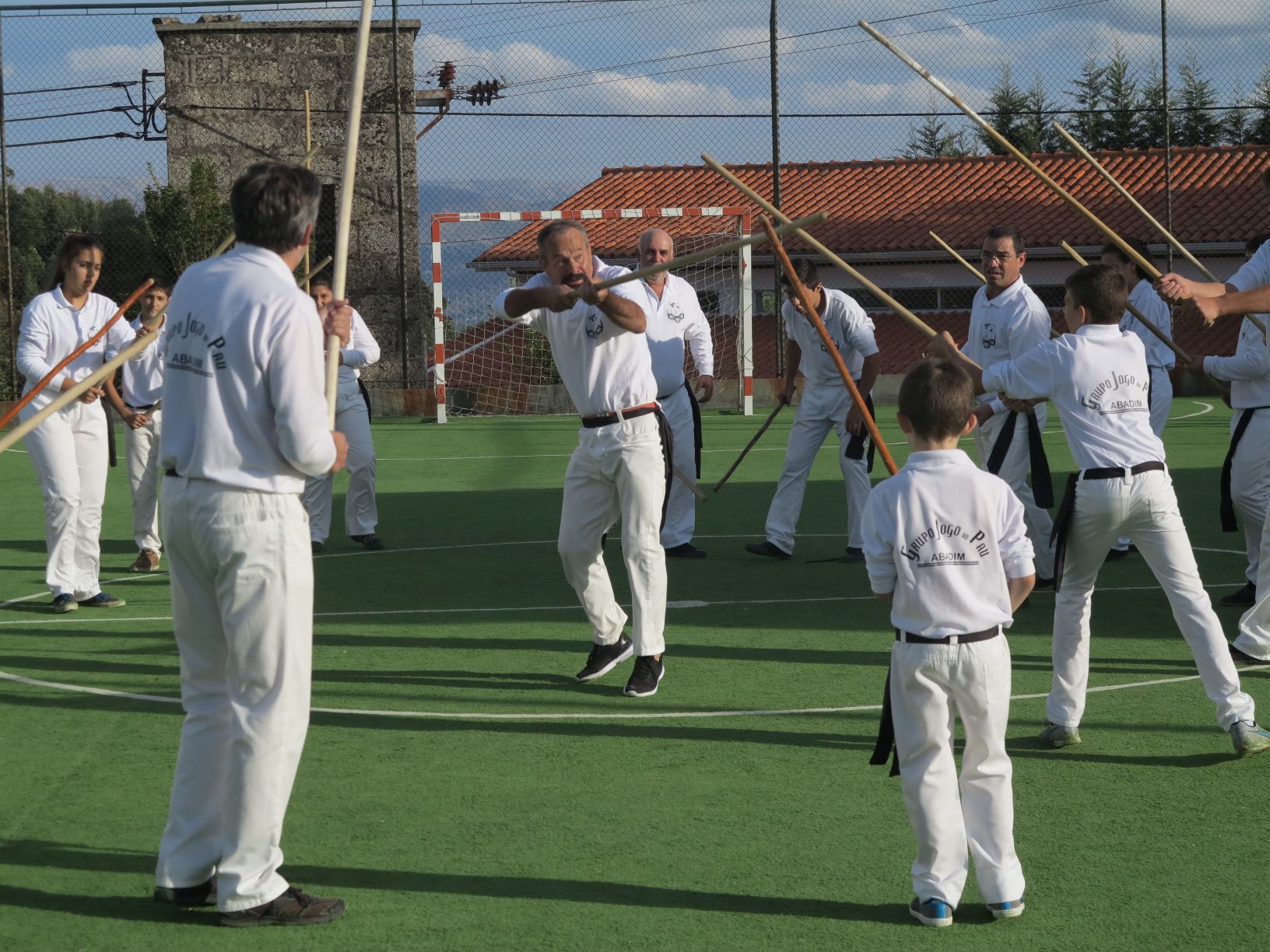
Jogo do Pau (Portugal)
- Name of sport (game): Jogo do Pau
- Name in native language: Jogo do Pau
- Place of practice (continent, state, nation):
Jogo do Pau is practised in Portugal, Azores and Madeira (Portugal) and outside Portugal. There are some jogo do pau study groups around the world (Australia, USA, Sweden, Belgium), but they all started in the 21st century or really late 20th century.
- History:
In a variety of different societies, treating the sword as a weapon has been a privilege of the royals and warriors. Common people did not have access to such weaponry, so they had to find some alternative ways, such as hand-to-hand combat or using common tools. One of such disciplines is a well-known martial art karate (“with bare hands” from Japanese) developed in Okinawa; or in a similar time frame Kobudo, fighting style using only a sickle. There are a lot more styles that use similar objects or tools, such as sticks, clappers, etc. These were the weapons used by common farmers or fishermen when confronted with the samurais equipped with katanas or other arms. In Portugal, local people developed a fighting style using a staff, which they could buy everywhere. The style became known as Jogo do Pau, which mean game, but in this context, the meaning is closer to “technical skills” or “wielding”.
In the XX century, Jogo do Pau has still been popular throughout whole Portugal, especially in the north during various festivals and events. The duels could take the form of one against one clashes or one against many. The participants from the north were called “puxadores” while the participants who travelled from one event to another winning every match in order to prove their worth were called “varredores de feiras”. Master Monteiro, originating in Fafe region, said that when his father had been young, there were two villages, which took part in the Sunday Mass in the same chapel. It was a part of the tradition for everyone to hold their staffs above their heads for everyone to see while kneeling during the Mass. After the ceremony, staffs were used for fighting, which has often happened after trivial disputes between the young members of two villages. Such skirmishes were solved with the use of the staff but were not deprived of rules. They had to honour the ethic code, which prohibited fighting with a laying man or a man without his staff.
In Lisbon, since XIX century, Jogo do Pau has been practised in an unconventional way, developed on the streets of the capital city or clubs such as Ateneu Comercial de Lisboa or Real Gymnasium, where Jogo do Pau is still being practised. Two great schools were established, their techniques, history and social principles varied: Escola do Norte and Escola de Lisboa (also practised in Ribatejo and Extremadura). The latter one developed a series of innovative techniques and was less focused on the confrontation with an opponent.
There were a number of Jogo do Pau masters in different regions of Portugal, including António Nunes Caçador, Frederico Hopffer, Júlio Hopffer, Joaquim Baú, Calado Campos, Chula, Custódio Neves, Pedro Ferreira, Elias Gameiro, Nuno Russo or Manuel Monteiro. Master Pedro Ferreira (March 26th, 1915 – September 24th, 1996) became very important person for the technical development and history of Jogo do Pau, by fusing Escola do Norte and Escola de Lisboa. A lot of contemporary teachers had been his students in the past. He gave Jogo do Pau the image of the art that is being practised one’s whole life and has been considered to be one of the greatest masters of Jogo do Pau. - Description:
Jogo do Pau are 3 training exercises: “Sarilhos”, “Formas” and “Séries”. These three techniques are very similar to the one used in a majority of oriental martial arts called “Kata”, which is a simulation of movement sequences used in imaginary fight. A lot of beginners confuse these two training approaches since the division of exercises in Jogo do Pau can be easily overlooked since they are taught simultaneously.
1) Sarilhos – The previously determined sequence of defence movements used in a specific situations. The exercises not only improve the trainee’s fighting techniques but also their endurance and body coordination. The advantage of this training method is being able to do it alone.
2) Formas – Sequence of attack and defence movements mixed together designed for fighting multiple opponents at once. Formas are very often trained in coordinated groups, which creates a visually pleasing effect and are used for demonstrations.
3) Séries – It was part of the traditional training of the old masters, which combines two of the previous exercises. It is the most complex form of Jogo do Pau training and requires coordination and experience, hence it was usually practised one to one (master to a student). These days, the most common approach is a classroom model (master to several students), but it is possible to practise it one to one.
Jogo do Pau consists in a lot more aspects, like traditional martial art staff fighting, 1 to 1 combat, combat against multiple opponents and the more recent approach of sports competition, Still, most of the training is done in its traditional form wood staffs and no protections, with the objective of creating Combat ready athletes.
Esgrima Lusitana Cascais is now the base of the Escola do Santo Condestável technique (the most combat effectiveness oriented, and the one that is promoting the sport competition option, with several schools, in Portugal and outside). - Current status:
Nowadays Jogo do Pau is not as popular as it used to be in the past. Since 1930s, Jogo do Pau started to diminish in popularity, due to variety of different reasons, such as police prohibition of staff use in order to avoid serious injuries or even casualties as well as the spread of firearms which made a time consuming and difficult to master technique less beneficial. Despite all these reasons, Jogo do Pau is still being practised today, thanks to the groups such as Esgrima Lusitana Cascais – Jogo do Pau Association.
- Contacts:
Associação Desportiva e Cultural do Jogo do Pau Português
Rua de Rebordãos nº 1671 - Rebordões - Infesta
4890-397 Celorico de Basto
Webside: https://www.jogodopau.com.pt/
Fb: https://www.facebook.com/jogodopauportuges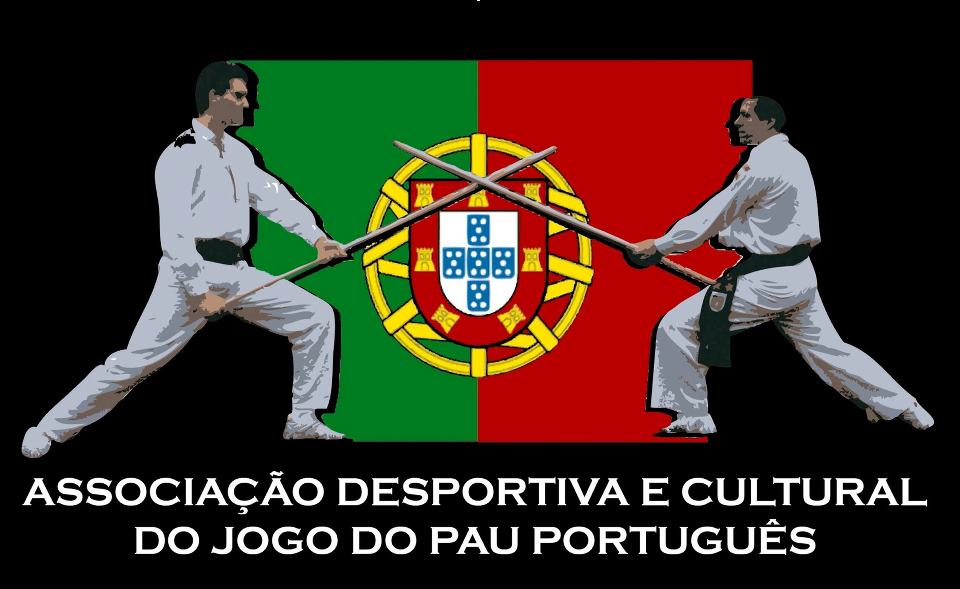
Associação Jogo do Pau Cascais - Stafffighters
Cascais, Portugal
Website Portuguese: https://jogodopaucascais.com/
Website International: https://stafffighters.com/
Website e-learning: https://learn.stafffighters.com/
Website store: https://store.stafffighters.com/
Fb Portuguese: https://www.facebook.com/JogodoPau.Cascais/
Fb International: https://www.facebook.com/stafffighters/
Fb Brasil: https://www.facebook.com/jogodopau.brasil/
E-mail:This email address is being protected from spambots. You need JavaScript enabled to view it. 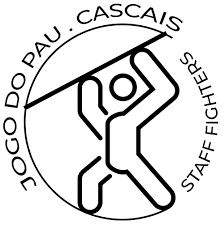
Grupo de Jogo do Pau de Bucos
Fb: https://www.facebook.com/Grupo-de-Jogo-do-Pau-de-Bucos-1681846555371302/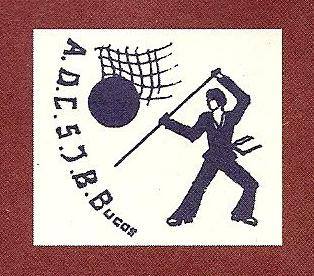
Esgrima Lusitana Lisboa – Jogo do Pau Português
Fb: https://www.facebook.com/esgrimalusitanalisboa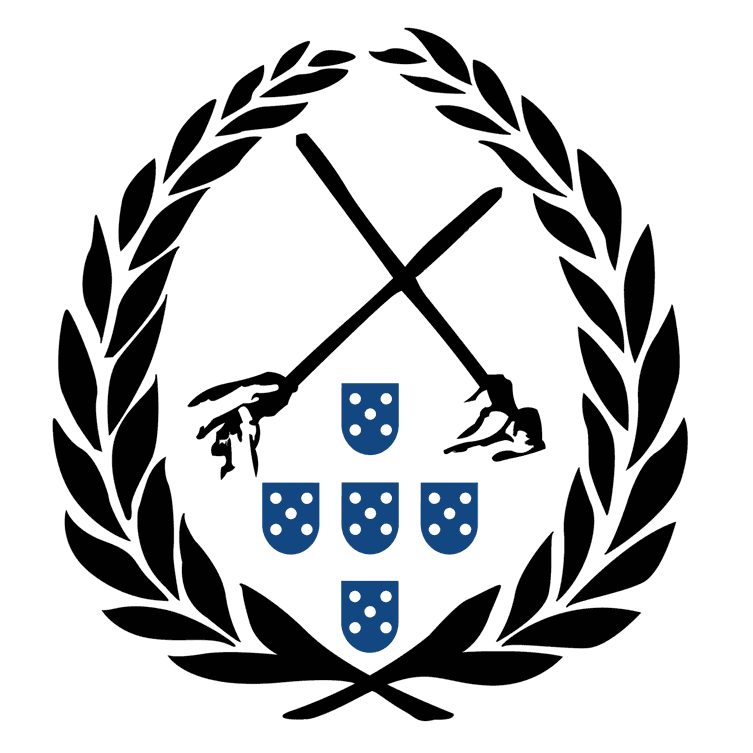
Grupo de Jogo do pau de Abadim
https://www.facebook.com/pg/Grupo-de-Jogo-do-Pau-de-Abadim-1100037436677307/photos/ - Sources of information :
History - http://ejmas.com/jmanly/articles/2003/jmanlyart_wolfcosta_0203.htm
Video - https://videosmarciais.wordpress.com/2006/10/25/jogo-do-pau-ii/
Video - https://videosmarciais.wordpress.com/2006/10/25/jogo-do-pau-i/
Documentary - https://www.youtube.com/watch?v=ajMnwhKgr1s&fbclid=IwAR3hQywuuSzgwnjeXJd59sQr2IiwjvYOg2-gXRPq7EvfomoYSdu3dn5aGlE
https://jogodopaucascais.com/os-sarilhos-formas-e-series-no-jogo-do-pau-portugues/
Techniques - http://www.arscives.com/jogodopau/default.htm
Jogo do Pau Português - http://www.jogodopau.pt/António Nunes Caçador, Jogo do Pau (Esgrima Nacional), Lisboa 1963 (available: https://archive.org/details/JogoDoPauesgrimaNacionaCacador1963)
Ernesto Veiga De Oliveira, O Jogo do Pau em Portugal, no suplemento da Revista da Sociedade de Geografia de Lisboa, Geographica n.º 32- ano VIII- outubro 1972.
Frederico Hopffer, Duas Palavras sobre o Jogo do Pau, Lisboa 1924.
Guia De Portugal-IV- Entre Douro e Minho, II Minho.
Joaquim António Ferreira (da Cidade de Guimarães), A Arte do Jogo do Pau, Porto 1886.
J. Leite De Vasconcelos, Tentame de Sistematização, volume VI, Lisboa, Imprensa Nacional- Casa da Moeda- 1975.
Marcello Caetano, Ordalios Prova Testemunhal e Documental, em História do Direito Português (1140-1495), Verbo.
«O Pauladas», nº 00, n.º 1 e N.º 2/3, Boletins Informativos da A.P.J.P.
Rui Simões, Jogo do Pau, do Boletim Informativo 00 A.E.P./A.P.J.P.
Xanquin Lourenzo Fernandes, O Varapau, em Cultura e Arte, página cultural de «O Comércio do Porto», ano VIII. n.º 8, 10 III 1959, pp. 5-6.
Helder João Vieira Valente, O jogo do pau Português, Associação Algarvia do Jogo do Pau Português Portimão, 1993
Luis Preto, Jogo do Pau: The ancient art & modern science of Portuguese stick fighting, CreateSpace Independent Publishing Platform, 2013
Luis Preto, Staff, baton & longsword combat series: Functional parrying skill
CreateSpace Independent Publishing Platform, 2012
Paulo Lopes, "O Jogo do Pau Português, A Arte Marcial Portuguesa, uma tradição com séculos de prática". Independent Publishing, 2020
Manuel Monteiro and Alvaro Santos Pato, "Manual Pau-Luta", Independent Publishing, 2019 - Gallery:

